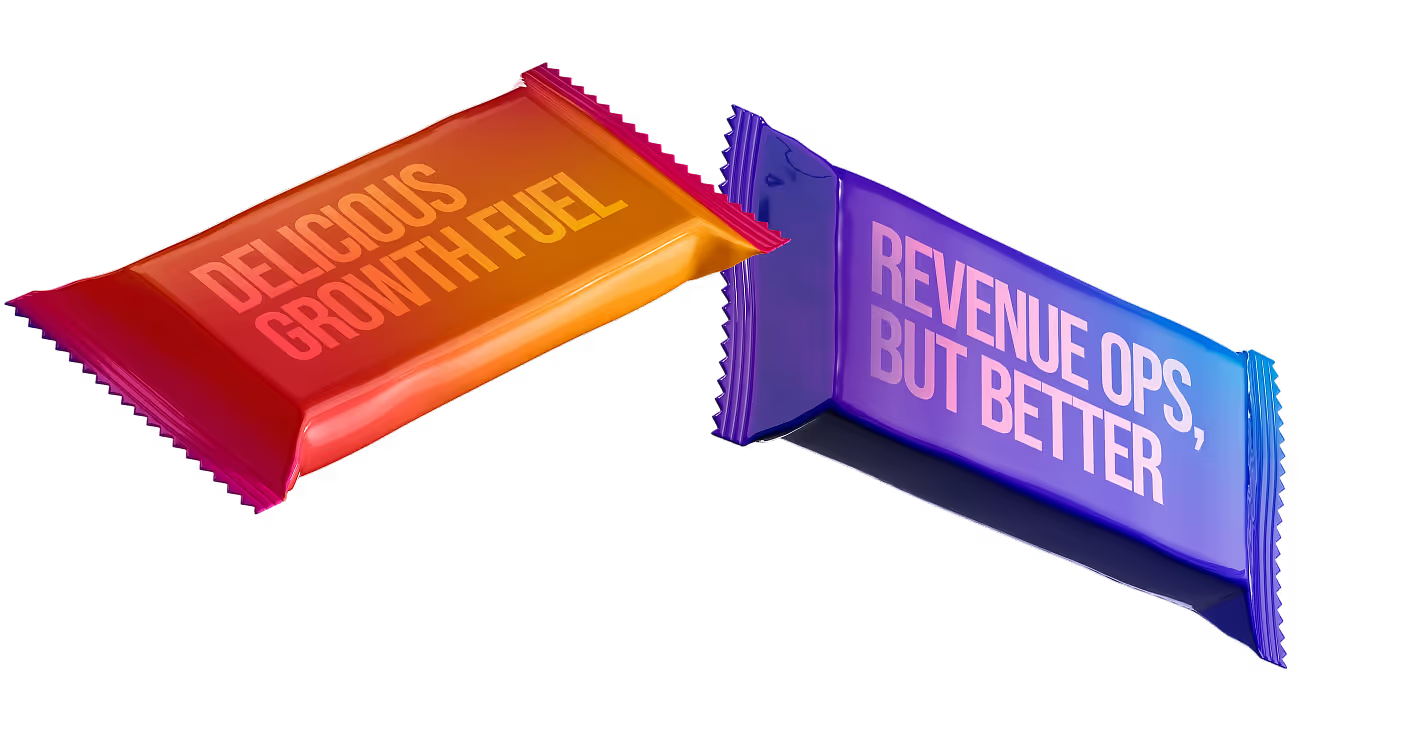Lead Routing That Doesn't Drop the Ball
Fix overcomplicated routing, clean up logic, and prioritize the right reps without breaking downstream processes.

Trusted Partners












The three most common lead routing failures
Overcomplicated Rules
Leads Falling Through the Cracks
Misaligned Systems
What Great Routing Feels Like
Leads hit the right rep in seconds. No one slips through the cracks. Every touchpoint feels intentional. When your routing is clean, connected, and built for how your team actually works, great things happen.
Speed-to-lead improves
Reps trust the system
Ops isn’t stuck debugging every week
Lead follow-up is consistent and trackable
Reporting actually reflects what’s happening







Whatever Tools You Use, We’ve Got You Covered
We’ve seen every tool combo under the sun. And we know how to make them click for your SaaS.
AI Readiness
You can’t automate chaos. We prep your systems, processes, and data structure so you can layer in AI without breaking your ops.
Attribution
Get full-funnel visibility across Salesforce, HubSpot, and other platforms. We help teams fix tracking issues, align attribution models with real buying behavior, and build reporting leaders can trust.
Usage-Based Billing
Supporting usage-based pricing in Salesforce isn’t easy. We help you design scalable quoting, provisioning, and billing workflows that connect GTM, Finance, and Product without constant duct tape.
Other Use Cases That Move the Needle
Lead Routing is just one part of the puzzle. From attribution to AI workflows, we help fast-growing SaaS teams untangle the messy parts of RevOps and turn them into a competitive edge.
FAQs
What's the difference between territory-based and behavior-based routing?
How do I build a lead routing system that works across Sales, Marketing, and CS?
What's the first thing I should check if my lead routing isn't working?
What's the best way to route leads fairly when reps have different levels of experience or performance?
How do I route leads from different forms differently?
How do I handle duplicate leads during routing?
How do I route leads across Salesforce and HubSpot?
How do I scale routing as we grow the team or add new products?
How do I set up advanced lead routing in Salesforce without overengineering it?
What KPIs should I use to measure lead routing performance?
How does Candybox help companies improve lead routing?
Can Candybox handle both strategy and implementation?
Do you offer one-time routing audits or ongoing support?
What types of companies do you typically work with?
The reviews are in
Look at what our clients are saying on G2













